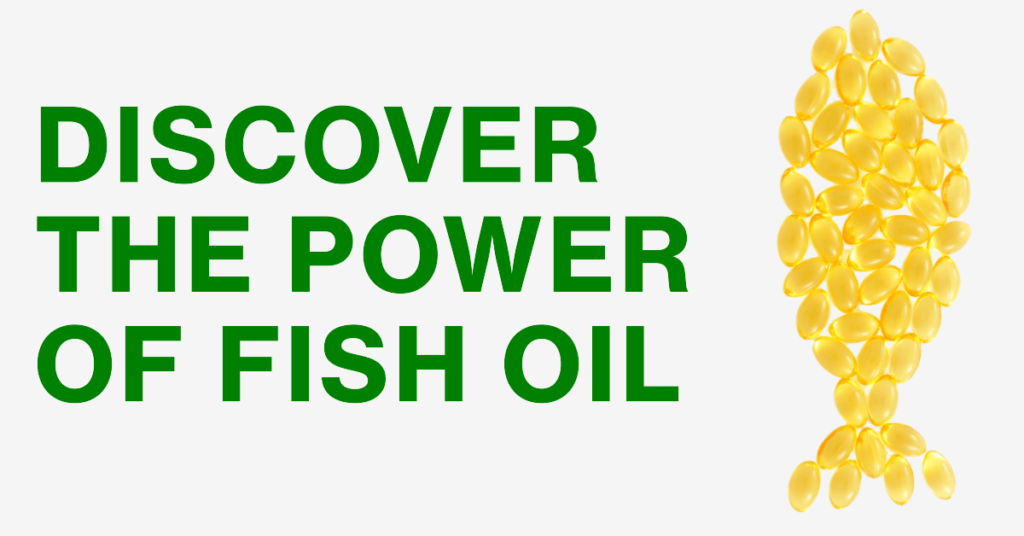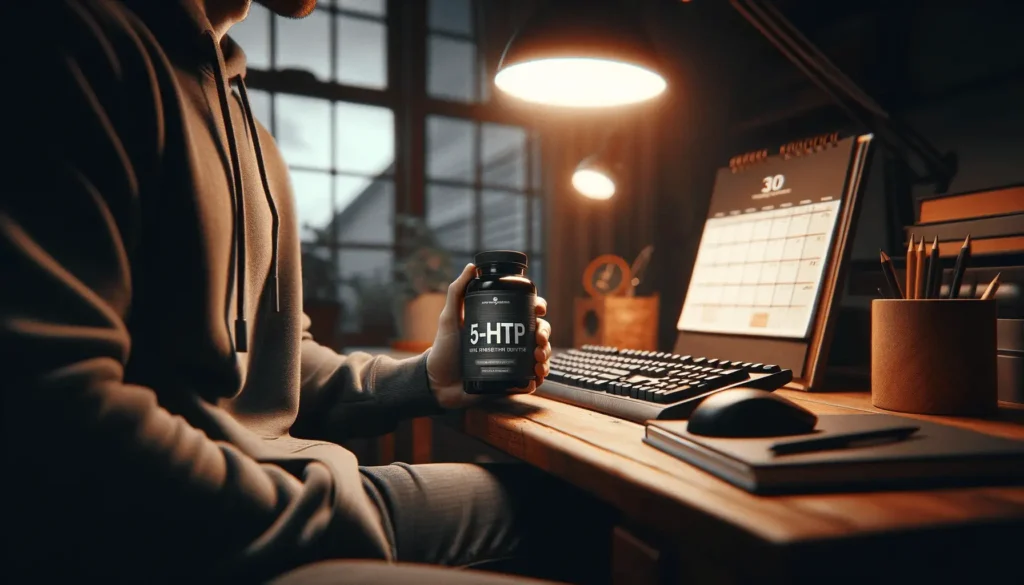4 Home Treatment For Blocked Nose At Night For Babies – Nasal congestion, commonly referred to as a stuffy nose, can be a significant source of discomfort for newborns. This congestion impedes their ability to breathe freely, leading to interrupted sleep patterns and distress. Addressing nighttime congestion becomes crucial for promoting both the baby’s comfort and the parent’s well-being.
This article explores various safe and effective home remedies that parents can utilize to alleviate nasal congestion in their newborns, ultimately promoting restful sleep for the entire household.
Why Your Baby’s Nose is Stuffy: Common Causes and Signs
Newborn congestion can be frustrating, but figuring out the cause is the first step to relief! Here’s a look at why your baby’s nose might be stuffy and what to watch for:
- Colds: The most common culprit, colds can cause congestion, cough, and maybe a low fever.
- Allergies: Less common in newborns, allergies can trigger congestion if they’re around dust, pet fur, or smoke.
- Dry Air: Winter or heaters can dry the air, making congestion worse.
- Teething (short-term): Teething can cause some extra mucus, leading to a stuffy nose.
Watch for these signs that your baby might be congested:
- Fast breathing: Look for rapid breathing or their nostrils flaring with each breath.
- Wheezing: A whistling sound during breathing needs a doctor’s check-up right away.
- Trouble sleeping: A stuffy nose can make it hard for babies to sleep soundly.
- Fever: If your baby has a fever with congestion, see a doctor.
4 Safe Home Treatment For Blocked Nose At Night For Babies
When a Treatment For Blocked Nose At Night For Babies becomes essential, a few gentle home remedies can make a difference. These techniques offer safe and effective Treatment For Blocked Nose At Night For Babies, helping them breathe easier and settle into a peaceful sleep. With a focused Treatment For Blocked Nose At Night For Babies, you can ensure they’re more comfortable during the night. So, try these helpful methods for a simple yet soothing Treatment For Blocked Nose At Night For Babies that supports restful sleep.
1. Saline Drops and Nasal Aspirator:
Here’s the revised paragraph with your keyword included four times:
This combination offers a powerful one-two punch in Treatment For Blocked Nose. Saline solution, a sterile saltwater solution, plays a key role in Treatment For Blocked Nose by loosening thick mucus, making it easier to clear. Paired with a nasal aspirator (bulb syringe), this Treatment For Blocked Nose effectively and gently removes the mucus, providing relief. Using both together can make all the difference in a comprehensive Treatment For Blocked Nose.
- Saline Drops Administration:
- Dosage: Use saline drops specifically designed for newborns, typically requiring 2-3 drops per nostril.
- Head Tilt: Gently tilt your baby’s head back slightly for optimal delivery.
- Squeeze and Squirt: Before inserting the nasal aspirator tip, squeeze the bulb to expel the air and prevent forceful insertion.
- Patience is Key: Saline drops work best with repeated use throughout the day, especially before feeding, as they may not produce immediate results.
- Nasal Aspirator: Following saline use, gently suction the loosened mucus with the aspirator. Remember, a shallow insertion is crucial for safety.
2. Cool Mist Humidifier:
Dry air can exacerbate congestion. A cool mist humidifier adds moisture to the air, loosening mucus and facilitating easier breathing for your newborn.
Important Note: Only utilize cool mist humidifiers. Warm mist humidifiers pose a potential burning risk. Consistent cleaning and maintenance of the humidifier are essential to prevent mold growth.
3. Elevation for Drainage:
Strategic positioning can significantly improve drainage and breathing. Here’s the key: elevate your baby’s head slightly by placing a rolled towel or wedge pillow under the mattress (not directly under the infant). This creates a gentle incline for improved drainage.
4. Hydration is Essential:
Maintaining adequate hydration helps thin mucus and makes it easier for your baby to clear congestion. Continue breastfeeding or offer frequent formula bottles as usual.
Seeking Professional Guidance:
While home remedies can often effectively alleviate nighttime nasal congestion, certain situations necessitate seeking professional medical advice. Early intervention and accurate diagnosis are crucial for your infant’s well-being. Here are some signs that warrant a visit to your pediatrician:
- Febrile Illness: A fever, especially one exceeding 100.4°F (38°C) in newborns, can accompany congestion and may indicate an underlying infection requiring a pediatrician’s evaluation.
- Persistent or Worsening Congestion: If your infant’s congestion worsens instead of improving within a few days, or persists for more than two weeks, consultation with your pediatrician is recommended. This allows them to rule out any potential underlying conditions.
- Respiratory Distress: Wheezing, characterized by a high-pitched whistling sound during respiration, signifies difficulty breathing and requires immediate medical attention.
- Tachypnea: If your infant exhibits rapid breathing or flaring nostrils, indicating a struggle to breathe, do not hesitate to seek professional help right away.
Your Pediatrician: A Partner in Infant Healthcare
Your pediatrician plays a vital role in diagnosing the cause of your infant’s nasal congestion. Through a comprehensive physical examination and potentially additional diagnostic tests, they can accurately determine the underlying etiology, be it a common cold, allergies, or another condition. Once diagnosed, your pediatrician can recommend the most appropriate treatment plan tailored to your infant’s specific needs, ensuring a speedy recovery and promoting peaceful sleep.
Conclusion: Restful Sleep Through Effective Management
Nocturnal nasal congestion in newborns can disrupt sleep patterns and cause significant discomfort. Fortunately, healthcare professionals offer a range of effective strategies to manage this issue and promote restful sleep for both infants and caregivers.
By promptly addressing congestion through 4 safe home treatment for blocked nose at night for babies like saline administration, cool mist humidification, and proper positioning, parents can significantly improve their infant’s comfort and sleep quality. The majority of congestion resolves within a week using these techniques.
However, it’s crucial to remember that persistent or worsening congestion, particularly when accompanied by fever, wheezing, or labored breathing, necessitates a prompt evaluation by a pediatrician. Early diagnosis and appropriate treatment, guided by a healthcare professional, ensure optimal infant well-being and a peaceful sleep environment for everyone involved.
VI. Additional Considerations for Optimal Infant Care
While the primary focus of this article has been on addressing nighttime congestion, here are some additional professional recommendations for promoting your infant’s well-being:
- Pre-Feeding Mucus Clearance: For some newborns experiencing nasal congestion, saline drops and gentle aspiration with a bulb syringe before feeding sessions can be helpful. This practice can improve latching success and overall feeding efficiency. It’s important to note that this technique should only be implemented with guidance from a healthcare professional.
- Safe Medication Practices: It’s essential to remember that over-the-counter decongestant medications and topical vapor rubs are strictly contraindicated for newborns due to potential safety concerns. These products can cause unintended side effects and should never be used without explicit guidance from a pediatrician. If your infant’s congestion persists or worsens, consulting a healthcare professional is always the recommended course of action.
References
For further information and in-depth details on infant nasal congestion and safe sleep practices, please refer to these credible resources:
- HealthyChildren.org: safe sleep for babies healthychildren org
- American Academy of Pediatrics (AAP): AAP healthy children ON HealthyChildren.org







Comments are closed.